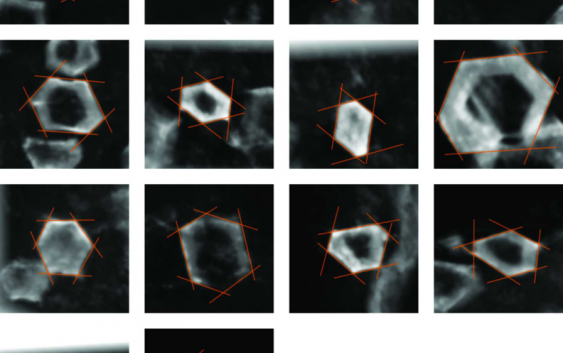Otálora, F., Mazurier, A., Garcia-Ruiz, J. M., Van Kranendonk, M. J., Kotopoulou, E., El Albani, A., & Garrido, C. J. (2018). A crystallographic study of crystalline casts and pseudomorphs from the 3.5 Ga Dresser Formation, Pilbara Craton (Australia). Journal of applied crystallography, 51(4), 1050-1058.
Download here: https://journals.iucr.org/j/issues/2018/04/00/jo5036/jo5036.pdf
Crystallography has a long history of providing knowledge and methods for applications in other disciplines. The identification of minerals using X-ray diffraction is one of the most important contributions of crystallography to earth sciences. However, when the crystal itself has been dissolved, replaced or deeply modified during the geological history of the rocks, diffraction information is not available. Instead, the morphology of the crystal cast provides the only crystallographic information on the original mineral phase and the environment of crystal growth. This article reports an investigation of crystal pseudomorphs and crystal casts found in a carbonate-chert facies from the 3.48 Ga-old Dresser Formation (Pilbara Craton, Australia), considered to host some of the oldest remnants of life. A combination of X-ray microtomography, energy-dispersive X-ray spectroscopy and crystallographic methods has been used to reveal the original phases of these Archean pseudomorphs. It is found with a high degree of confidence that the original crystals forming in Archean times were hollow aragonite, the high-temperature polymorphs of calcium carbonate, rather than other possible alternatives such as gypsum (CaSO4·2H20) and nahcolite (NaHCO3). The methodology used is described in detail.


